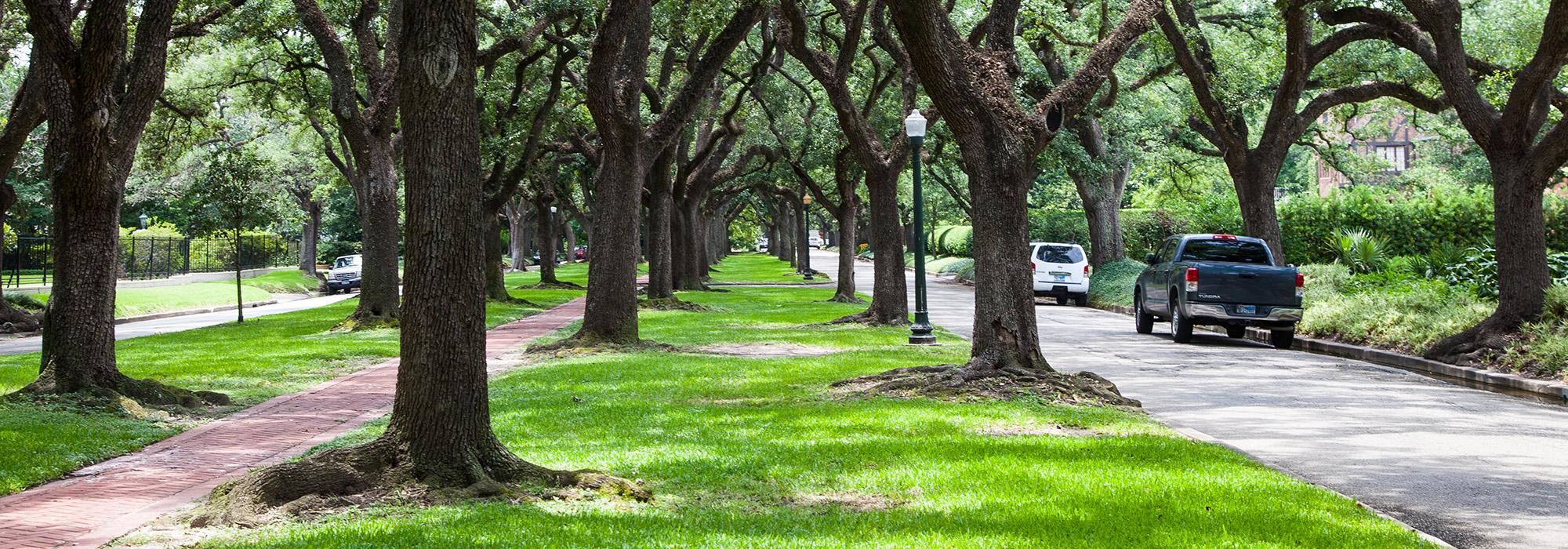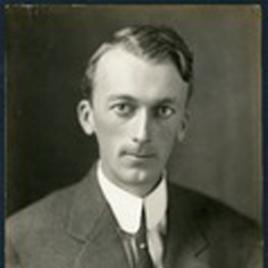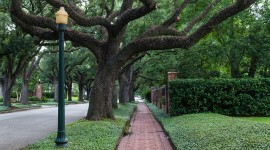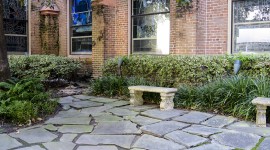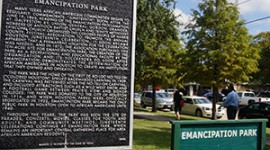Pioneer Information
Born in Boston, Massachusetts, Watkin grew up in Danville, Pennsylvania, and earned a bachelor’s degree in architecture from the University of Pennsylvania in 1908, mentored by Paul Cret. After spending a year in Europe, Watkin worked for the Boston architectural firm Cram, Goodhue & Ferguson in 1909, which sent him to Houston in 1910 to oversee construction of buildings for the Rice Institute (now Rice University). Watkin remained in Houston and began teaching architecture at the Rice Institute in 1912, where he ascended through the ranks and eventually led the Department of Architecture. He became a registered architect in Texas in 1913 and started a practice named Endress and Watkin with partner George Endress of Austin. The firm lasted until 1919, after which Watkin practiced under his own name. Although specializing in churches, he designed other prominent buildings throughout Houston, including the original Museum of Fine Arts and the Houston Public Library.
In the 1920s Captain James Baker commissioned Watkin to plan the development of his 34-acre property, named Broadacres, along with architects John Staub and Birdsall Briscoe. One of Houston’s earliest master-planned communities, the park-like Broadacres neighborhood included a 2.5-acre park and three main boulevards with wide, central grassy medians and brick walkways, shaded by evenly-spaced live oaks that form an interwoven overhead canopy. Broadacres was listed in the National Register of Historic Places in 1980, and Watkin was named a Fellow of the American Institute of Architects in 1949. He passed away in Houston and is buried at Glenwood Cemetery.



